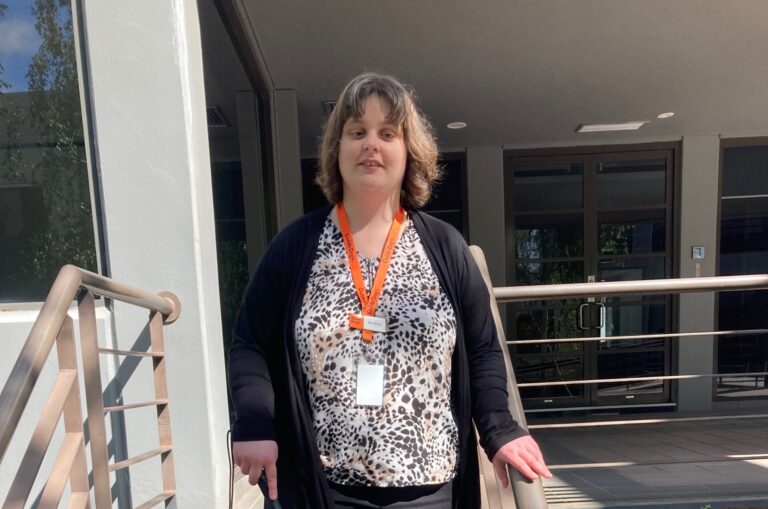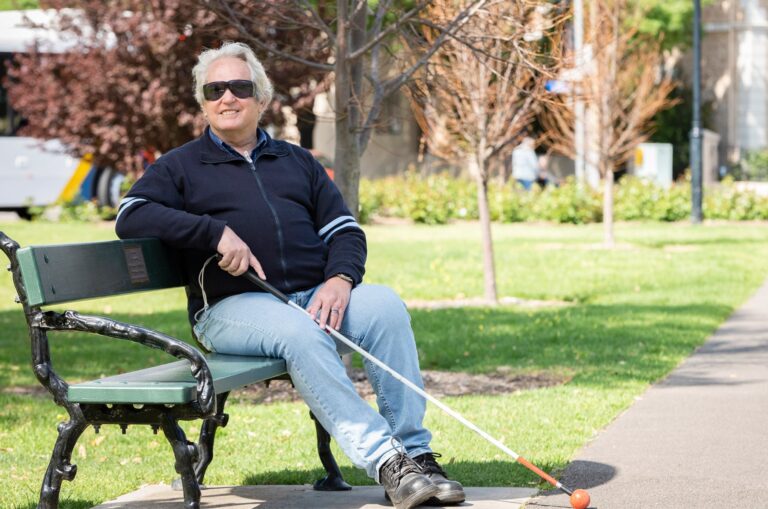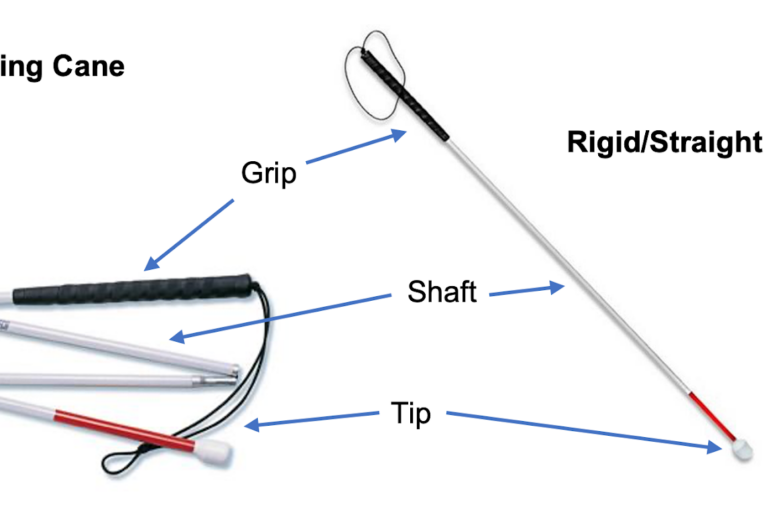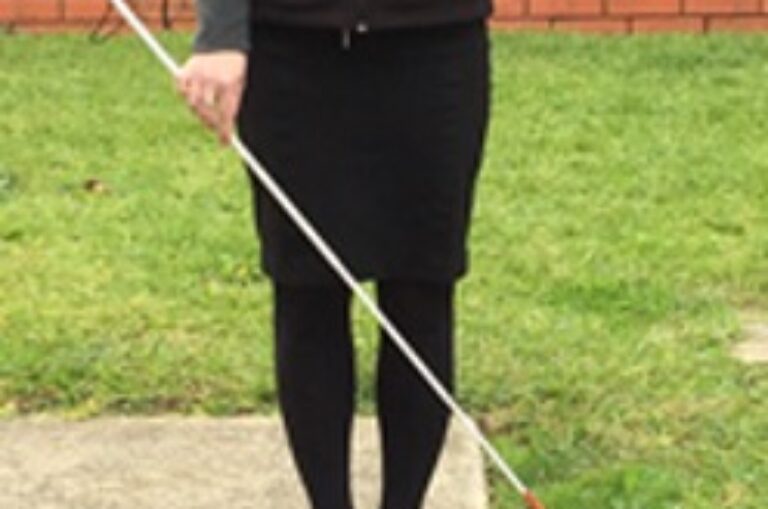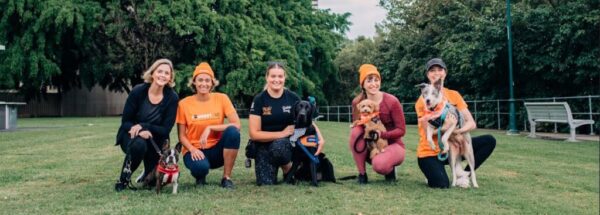Using a long cane
Long canes are one of the most common tools that people with a vision impairment use to safely get around their community and stay safe on their feet.
Around 90% of people with low vision or blindness have some remaining vision. One significant benefit of a long cane is that it can be used to check for trip hazards on the ground (for example tree roots and broken pavers). It therefore enables a user to look up and ahead rather than down.
As we mention in the advice below, there is no single ‘correct’ way to use a long cane. There are, in fact, several ways and the one that’s right for you will be the method that makes you feel most comfortable and confident as you walk.
If you’re considering trying a long cane, it’s important that you seek professional advice and training from a Certified Orientation and Mobility Specialist. They can help you practise and develop your skills and techniques.
Choosing the right cane and cane tip
Canes are made from different materials and there are many different varieties of tips to attach to the end of a cane.
Choosing the cane and tip that suits you is important. In fact, it’s so important we’ve put together an entire article on cane materials, and another on cane tips.
Gripping the cane
You should hold the cane in your dominant hand, with the thumb and index finger positioned on either side of the handle. Keep your thumb on top (sometimes referred to as “thumb in the sun” position) and move the hand from the wrist rather than rolling it.
You should position the cane so that it makes contact with the ground ahead of each step, and there are a few ways to do that, which we mention below.
Scanning
One way of detecting obstacles and changes in terrain ahead of you while using a long cane is called scanning.
Scanning involves moving the cane from side to side in a sweeping motion, about 30 centimetres (one foot) in front of your leading shoe. You should touch the ground lightly with the cane as you scan.
You might find that a type of top known as a rolling tip is best suited to your cane if you prefer a constant contact method such as scanning.
Tapping the cane
An alternative to scanning is tapping. To do this, tap the tip of the cane on the ground about every second, listening for changes in sound that may indicate a change in terrain or the presence of an obstacle.
If you find that you prefer this method, you may also find that a pencil or pear tip is the best choice for your cane.
Learning to identify sounds
You can learn to identify sounds that indicate changes in the environment, such as the sound of a curb, the sound of a footpath, or the sound of a doorway.
If you have a particularly long cane, you can use it to amplify sound, and better identify otherwise difficult-to-hear sounds, by placing the handle of the cane against your ear.
Seeking help when necessary
If you’re unsure of your surroundings, it’s always a good idea to seek help from a trusted friend, family member, or sometimes even a stranger.
If, for example, you’re having trouble identifying a sound or surface, it can be helpful to ask someone nearby for assistance.
Using clues and landmarks
The cane is an excellent tool for determining changes in terrain, but it’s best used with a variety of other techniques, including the use of auditory clues and landmarks.
Clues might be visual (sight-related), auditory (sound-related) or olfactory (smell-related). Examples include the scent of a bakery, the sound of an air conditioner or the glow from a streetlight. They can be very handy in guiding you, but aren’t always reliable or constant. If the bakery is closed or the air conditioner is switched off, the clues are no longer available.
Landmarks, on the other hand, are always there, no matter the time of day. They include buildings, and streetscape fixtures such as letter boxes.
More information on using a long cane
If you’re interested in trying a long cane or learning the skills to get out and about safely on foot, contact a Certified Orientation and Mobility Specialist.
Our Orientation and Mobility Services can support you to get where you want to go with more confidence, ease, and safety.
Find out more about canes
Ready to continue?
Seems like you have filled this form earlier. Let’s pick up where you left off.


